Monocrystalline vs Bifacial solar panel
Solar Panels are devices that convert sunlight into electricity. Solar panels consist of numerous individual solar cells (photovoltaic cells), usually made of silicon. A photovoltaic cell is a nonmechanical device that converts sunlight directly into electricity. Solar cells are protected by tempered glass on the front and a polymer-based backing on the back. Most of the solar panels have an aluminum frame, which adds rigidity to the panel, making it more durable on rooftops. Solar panels capture sunlight during the day and convert it into direct current used to power various electrical devices and systems.

If you’re planning to add solar panels to your home, there are typically two main choices for you; Monocrystalline Solar Panel and Bifacial Solar Panel. Your choice might depend on your location of installation. Solar panels for residential and commercial use cases are different. In this article, we will look deep into various topics on these two panels.
Understanding Monocrystalline and Bifacial Solar Panel
- Monocrystalline Solar Panels: Monocrystalline solar panels are made from single (mono) crystal silicon solar cells. They are the oldest most developed type of Solar panels. It is the purest and the most efficient solar panel, which ultimately raises its price.
- Bifacial Solar Panels: Bifacial solar panels are similar to monocrystalline solar panels. However, Bifacial solar panels are designed to capture sunlight not only from the front but also from the rear (back) side. The main feature of a bifacial panel is that it can generate electricity from both sides.
Pros and Cons of Monocrystalline and Bifacial Solar Panels
We have listed some pros and cons of monocrystalline and bifacial solar panels. If you are buying solar panels for home and business then you must check these points to decide which one to buy. You can choose the best solar panel as on these advantages and disadvantages.

Monocrystalline Solar Panels
| Pros ✔️ | Cons ❌ |
| High Efficiency | Higher Initial Cost |
| Long Lifespan | Lower Energy Output in Low Light |
| Space-Efficient | Limited Performance in Shading |
| Faster Energy Payback | Limited Energy Capture from the Rear |
Bifacial Solar Panels
| Pros ✔️ | Cons ❌ |
| Increased Efficiency | Higher Initial Cost |
| Enhanced Energy Output | Limited Compatibility with Roofs |
| Reduced Shading Impact | Reduced PID |
| Enhanced Performance in Snow | Potential for Dust and Dirt Collection |
Efficiency: Monocrystalline vs Bifacial Solar Panels
The efficiency of solar panels is often determined by the build material, depending upon the solar panel manufacturer. We have listed some of the features of both types of solar panels. You can check these points to make a decision.
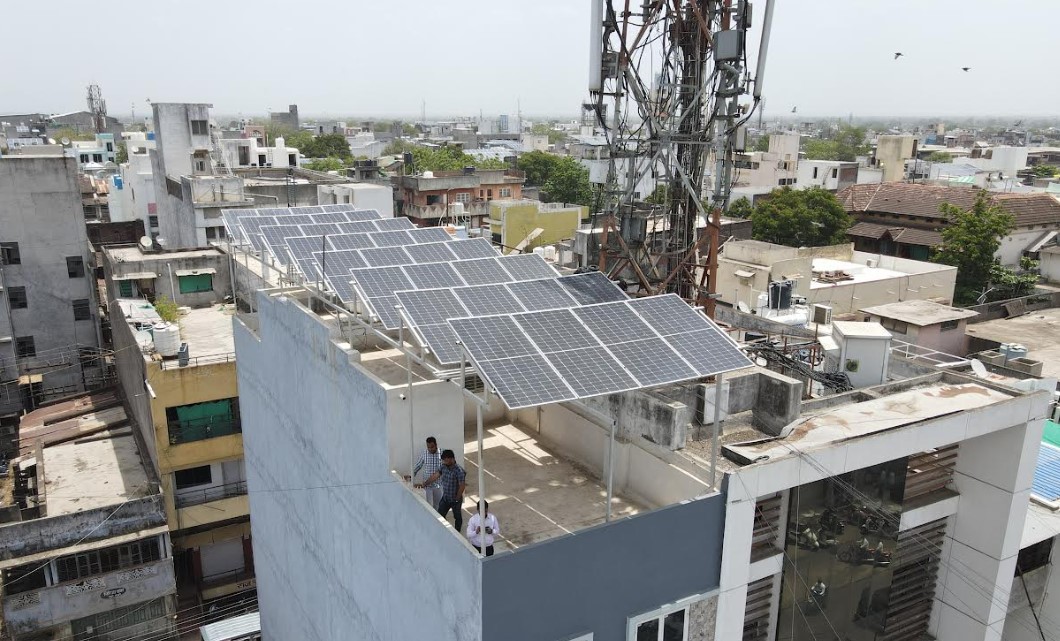
Monocrystalline Solar Panel
- Made from single-crystal silicon for high efficiency.
- Enhancing light absorption.
- Metal contacts for electricity collection.
- Protection with glass and polymer.
- Framing for durability.
Bifacial Solar Panels
- Capture the front and rear sunlight.
- High-efficiency cells.
- Bloom in reflective environments.
- Encapsulation for protection.
- Optional aluminum frame for support.
Cost Considerations
When considering the solar panel price difference between monocrystalline and bifacial solar panels, there are some key points we need to look at. Monocrystalline panels tend to have a lower initial cost per watt, which makes them a primary choice for many solar projects. Their space efficiency is also notable, which requires less installation space. Moreover, monocrystalline panels are known for their long life, which reduces their maintenance and replacement costs over time. However, it’s important to budget for installation costs and if the available space is suitable for their structured design.
Meanwhile, bifacial solar panels come with a higher upfront cost because of their advanced technology and the need for specialized setting up systems. They perform optimally in environments with reflective surfaces that may require additional site preparation. Regardless of the higher initial investment, bifacial panels can provide a more significant return on investment in the long run, all thanks to their enhanced energy production potential. We have listed the cost for the USA. This cost might be cheaper or more expensive depending upon your region.
| Panel Type | Cost per Watt | 6 kW System Cost | National Average Cost |
| Bifacial Solar Panel | $0.90 – $1.20 | $17,100 – $18,300 | $6,000 – $12,000 |
| Monocrystalline Solar Panel | $1.00 – $1.50 | $6,000 – $9,000 | $5,000 – $8,400 |
Installation and Space Requirements
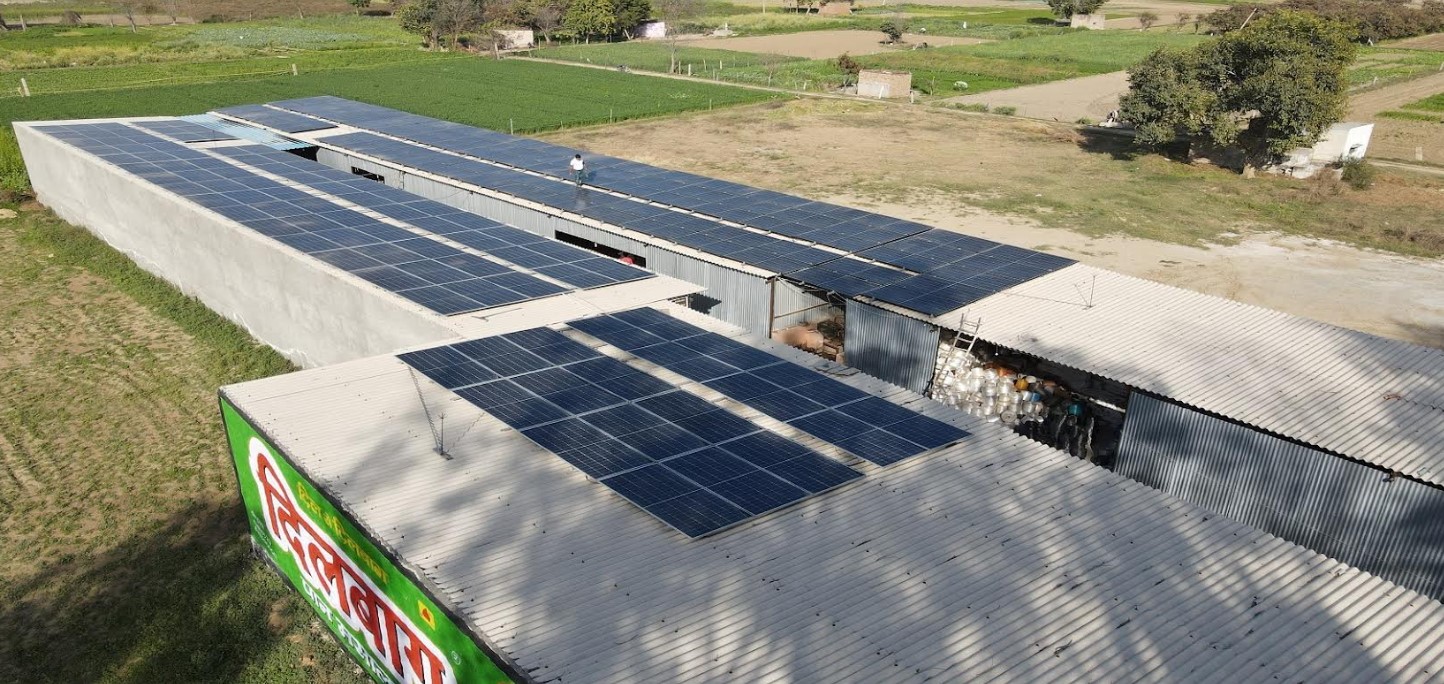 When it comes to installing solar panels and the space they need, monocrystalline and bifacial panels have some key differences. As we already discussed before, Monocrystalline panels are usually set up on rooftops or on the ground, which helps them to catch more sunlight. They need a spot without any shading because even a little shade can make them quite less effective.
When it comes to installing solar panels and the space they need, monocrystalline and bifacial panels have some key differences. As we already discussed before, Monocrystalline panels are usually set up on rooftops or on the ground, which helps them to catch more sunlight. They need a spot without any shading because even a little shade can make them quite less effective.
On the other hand, bifacial solar panels have photovoltaic cells on both the front and back, which means they can use sunlight directly in front and reflect light from the back. Bifacial panels are great for places where the back of the panel can catch reflected light, like solar farms and commercial setups. When installing them, it’s best to put them on the ground to capture reflected light from the Earth’s surface, and it’s a good idea to leave some space, about 3-5 inches, between each row of panels.
So, Monocrystalline solar panels typically require less space, as they are more efficient at converting sunlight into electricity. Bifacial solar panels, on the other hand, require more space due to their larger size and weight. Also, Local laws and rules can also affect how much space you need for solar panels, including how close you can put them to property lines or buildings.
Environmental Impact and Sustainability
Talking about environmental impact and sustainability, Monocrystalline solar panels have a relatively low environmental impact and are considered a sustainable energy choice. The production process involves the use of high-purity silicon, which is high and not a notable source of pollution. Also, we already know, that monocrystalline panels have a long lifespan (often more than 25 years) which means they can generate clean energy for longer periods, reducing the environmental impact even more after their initial impact.
Their efficiency and space-friendly design make them a primary choice, reducing all-in-all land or rooftop usage for solar installations. But, like all solar panels, there are energy and resource costs related to their manufacturing. Their durability and efficiency contribute to a positive environmental balance over their lifetime.
On the other hand, Bifacial solar panels share many sustainability advantages with monocrystalline panels. They also benefit from the long-life expectancy common to high-quality solar panels. This minimizes the need for replacements and contributes to sustainability. As we already know, one of the unique environmentally friendly aspects of bifacial panels is their ability to capture sunlight from both sides which increases energy production without requiring additional land or resources.
This feature makes them suitable for locations with reflective surfaces, such as snowy regions, where they can use more energy from existing surroundings. However, the initial production of bifacial panels has a little higher environmental impact due to their advanced design, but their enhanced energy generation potential often results in a positive long-term environmental balance.
Final Decision: Which solar panel is best for you?
Now, Choosing between Monocrystalline and Bifacial solar panels ultimately depends on your specific needs and priorities. As we know already, Monocrystalline panels offer high efficiency and space efficiency at a lower initial cost, making them a practical choice for many projects. So, you must consider the pros cons, and features we mentioned in this article to decide which is the best solar panel choice for you.
They are especially suitable when space is limited and shading is minimal. On the other hand, Bifacial panels provide enhanced efficiency and performance in reflective environments, offering a long-term return on investment despite a higher upfront cost. The best choice is ultimately based on factors such as available space, budget, and project requirements. Monocrystalline panels excel in efficiency and cost-effectiveness, and Bifacial panels prove advantageous in scenarios with ample space and reflective surfaces.
Đăng ký liền tay Nhận Ngay Bài Mới
Subscribe ngay
Cám ơn bạn đã đăng ký !
Lỗi đăng ký !



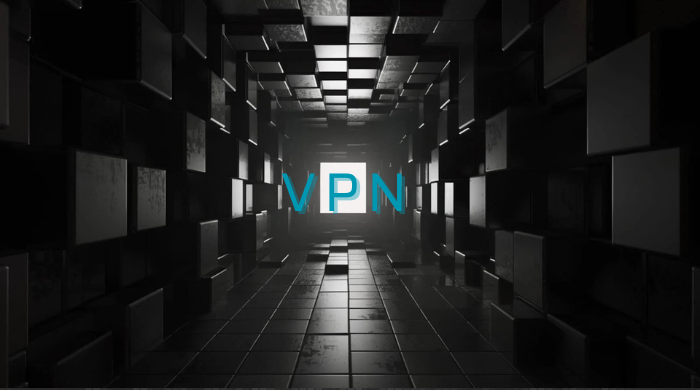


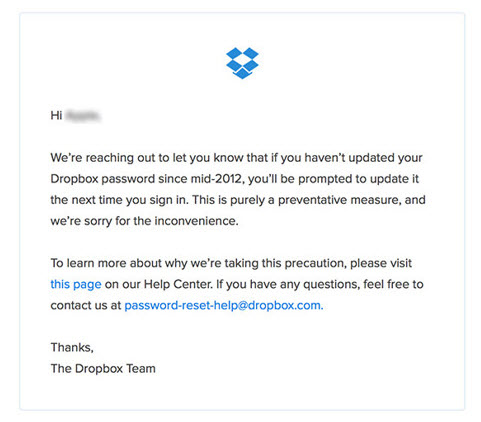

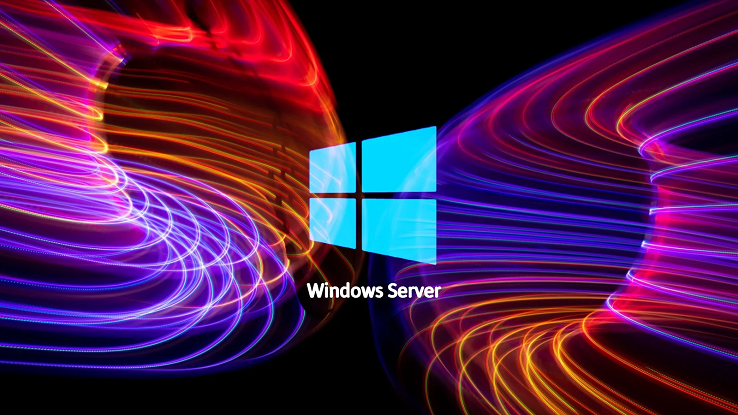






Add Comment